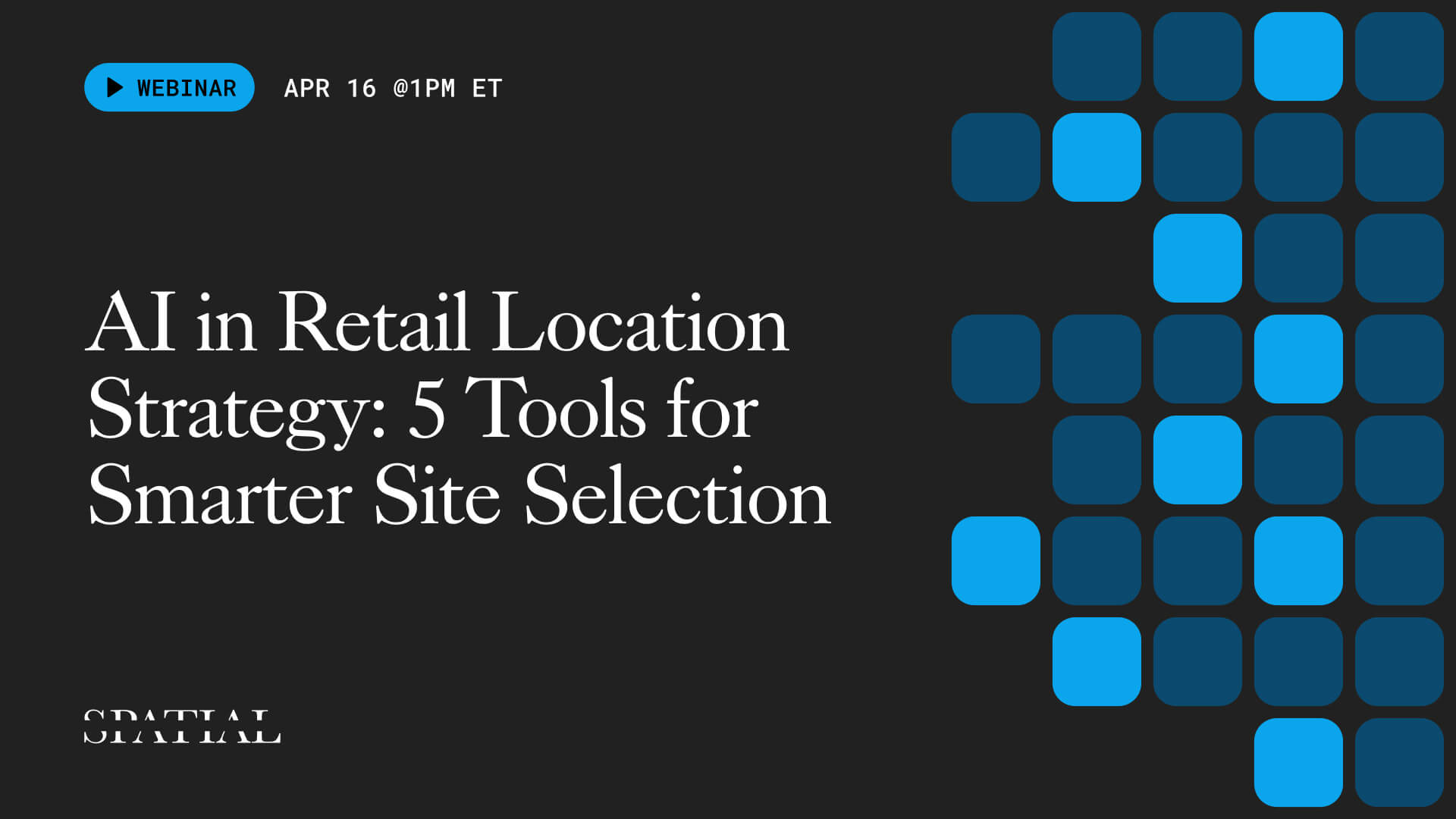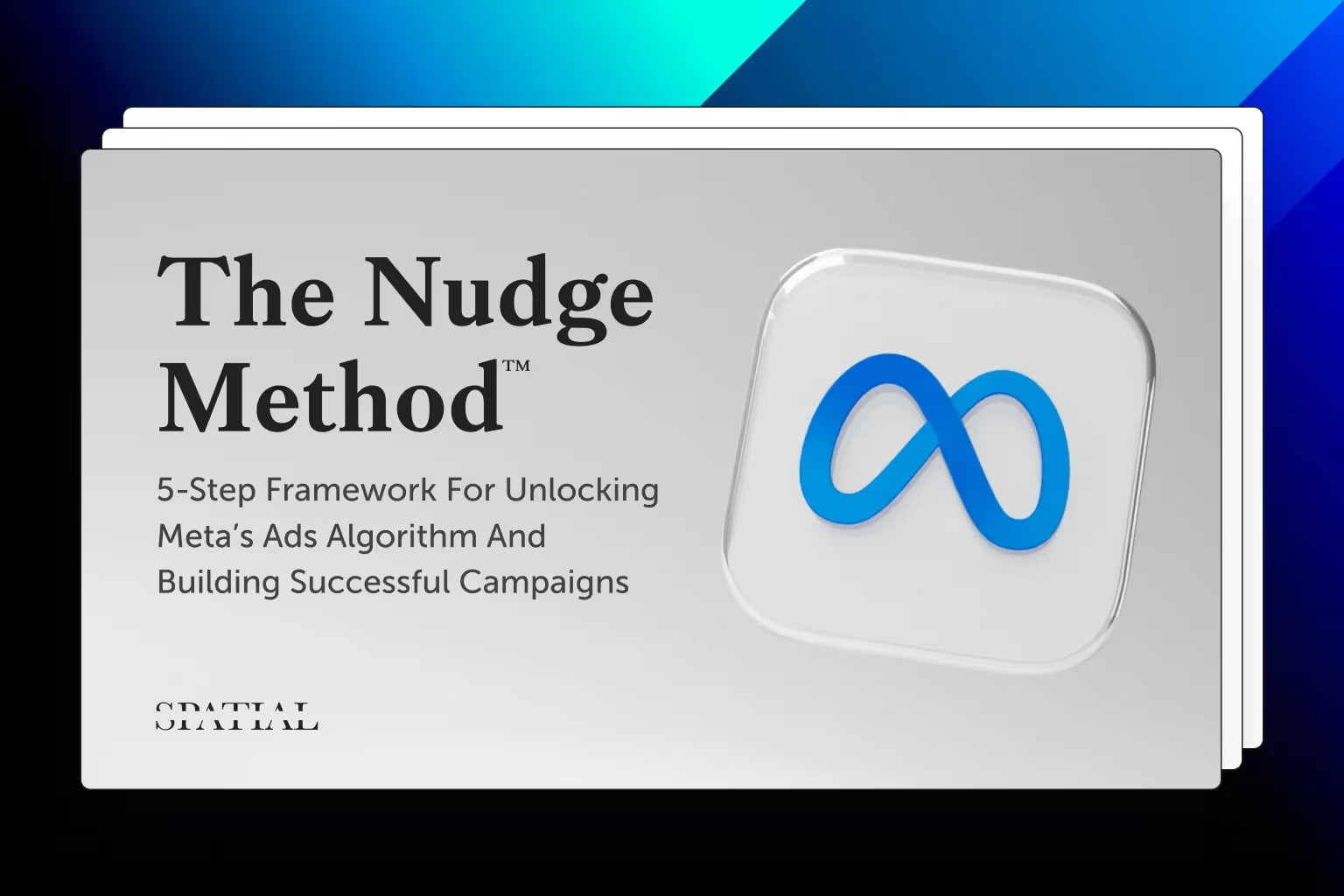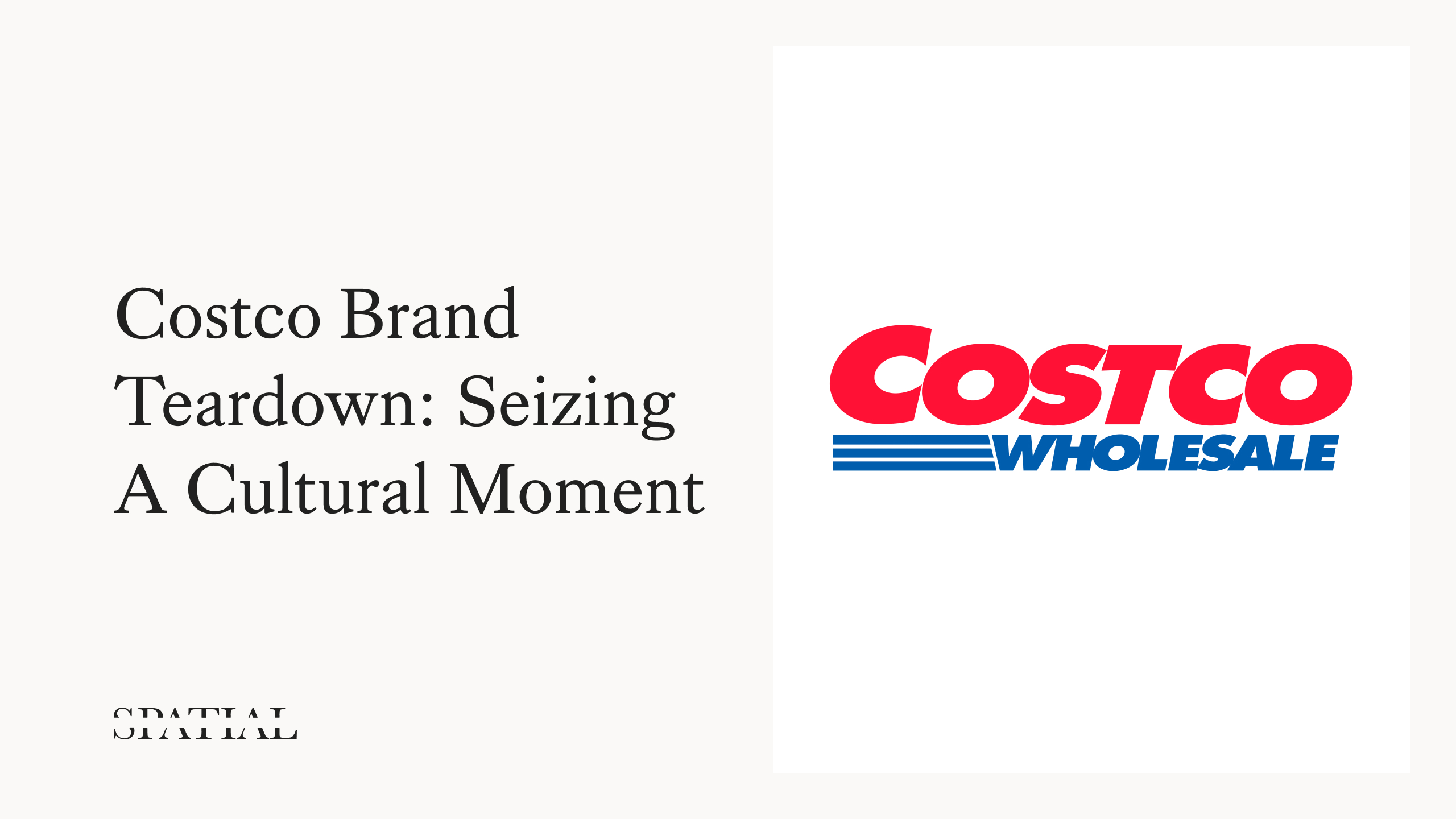Top 6 Customer Segmentation Trends in 2024
The customer segmentation landscape is rapidly evolving. Increased privacy regulations, the acceleration of large language models like OpenAI’s ChatGPT, and changing consumer demands are already impacting the way brands do business. And customer segmentation is at the core of how brands do business.
Here are the top six customer segmentation trends that will help your business stay ahead of the curve and, more importantly, drive greater ROI from your segmentation efforts.
1. Cross-functional use over marketing-only use
Historically, customer segmentation has been a tool exclusively in the hands of marketers. This makes sense at first since marketing is further “downstream” and closer to the consumer. But this mentality is based on a myth that segmentation is only a marketing tactic, which is untrue. In reality, customer segmentation is a foundational business strategy, and the further downstream you place it, the less leverage you have to impact the end consumer.
If a segmentation initiative produces nothing more than audiences, and altered copy and imagery, the results will be mediocre at best. On the other hand, if product and finance teams can use the segmentation to help shift product, positioning, and pricing, the ROI will be much higher. The marketing team may still lead customer segmentation efforts, but new software and more transparent methodologies will invite finance, product, operations, and support teams to have direct involvement in the creation and use of segmentation.
2. Groups over individuals
One-to-one marketing was one of those things that sounded amazing and turned out to be… just ok. Individual-level marketing will continue to have its place in first-party retargeting, but a combination of factors such as GDPR, CCPA, and Google’s move away from cookie-based marketing is making one-to-one unscalable.
But fear not. Good fundamental segmentation tends to perform just as well as one-to-one approaches for new audiences. Even Google recognizes this. Despite the massive amount of user data at their disposal, they have opted for tools such as “FLOCs” (federated learning of cohorts) and its replacement Topics because they found that similar groups perform just as strongly as individuals.
This is a return to the fundamentals of segmentation, which have always worked. While one-to-one marketing sounds great in theory, it’s often too complex to implement at scale.
3. Actionability over complexity
If the purpose of segmentation is to drive ROI then its level of actionability is crucial. Whether you segment your customers using a complex multivariate analysis or take a simpler approach, the best segmentation strategy is the one that actually gets used.
An actionable customer segmentation strategy is:
- Easy to understand across departments
- Produces insights quickly
- Connects to wherever you are taking action
4. AI strategies over “human-only” strategies
In 2023, we all watched as large language models blew by the Turing test like it was nothing. It’s surprising how good AI is at “creativity” and speed. Specifically, it is extremely efficient at analyzing a situation broadly and picking up things in the periphery that a focused human may miss.
This makes AI a very good candidate for a strategy partner. If fed with the relevant information (detailed segmentation, competitive environment, business objectives), it can help you generate many opportunities very quickly. Why? As of right now it is simply much faster at reading and looking across documents. Great strategy and tactics comes from reading and connecting the dots. AI will greatly reduce the time it takes to make those connections.
5. Joined data over “big” data
We all know that the amount of data in the world is exploding. But data is not the “new oil” as they say. “Joined data” is—specifically data joined to a customer. A customer ID alone is useless. A transaction alone is useless. But put the two together and now we know something.
Joining first party and third party* data will become increasingly important especially in the segmentation realm. Things like telephone number, email, and postal address can all serve as a primary key to link data. Only when the data is linked can you get insights and take action on them.
*First party data is data you collect such as website visits, customer name, products bought, etc. Third party data is generated outside of your company and usually bought. This may include demographics, behavioral attributes, interests, and more.
6. Dynamic segments over static segments
People are dynamic so segmentation should be as well. There are two extremely practical ways in which dynamic customer segmentation drives better ROI:
- Strategy: So much in strategy is timing. When developing a strategy for the year you need to be sure your picture of the customer and competitive environment is accurate. A great strategy based on a picture of the previous year may fail terribly in the current.
- Adaptation: Your segmentation efforts are ideally helping you make headway into greater wallet share; you need to know immediately what is working, what is not, and double down on the winners.
Although new technologies emerge, the general movement in the customer segmentation industry is one toward utility and fundamentals. If I had three words to describe the future of segmentation and marketing strategy it would be: practical, agile, and adaptive. As we embrace these trends with humility and openness, businesses are poised to unlock greater ROI.
Ready to future-proof your segmentation strategy? Watch the on-demand webinar on how to streamline customer segmentation to optimize marketing efforts.

What you should do now
Whenever you're ready, here are 3 ways Spatial.ai can help:
- See PersonaLive In Action. If you'd like to segment and target your best customers using real-time behavioral data, schedule a free 30-min demo to get started.
- Subscribe To Consumer Code. If you've found this helpful, check out our newsletter and podcast where we share more consumer research and insights for retail marketers.
- Share This Post. If you know another marketer who’d enjoy reading this post, share it with them on Linkedin, X, or Facebook.
Get retail marketing tips
We email every monday with smart growth strategy ideas. Almost no promotion. Just value.

.avif)
%20(1).jpg)







